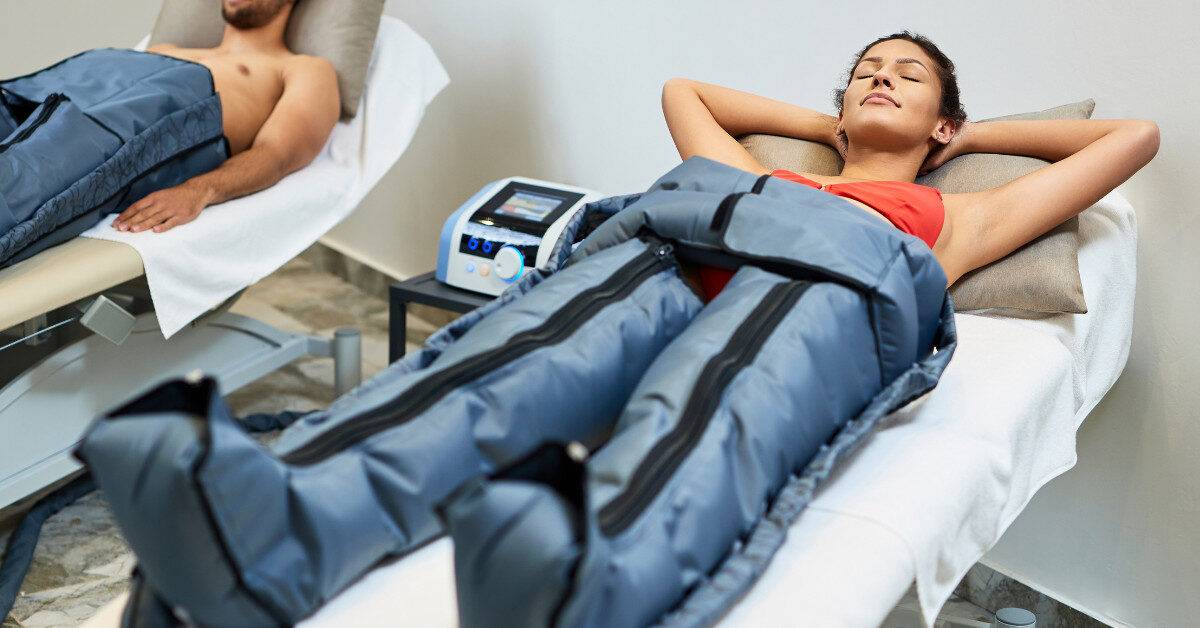Reach down to your leg and find your calf muscle. Pretty easy to find, right? Especially because you know exactly what you’re looking for. Now keep moving your hand farther down the back of your leg until you find a thin, firm connection near the back of your ankle. You may know this as your Achilles tendon. But many people, athletes included, aren’t familiar with tendons – what they are, problems that may arise from them, or how to treat them properly.
Tendons are a continuance of your muscles which generate movement.
As your body grows and develops, muscle fiber becomes tendons and connect to your bones. When your brain tells a part of your body to move (such as when you’re curling weights), your nerves send the message to the muscle. It then contracts, pulling on the tendons, which then pulls the bone that supports everything.
The Makeup of Tendons
Every bodily structure component will fall into one of four categories: epithelial tissue (e.g.: skin), muscle tissue, nervous tissue, or connective tissue. Tendons fall into that fourth category.
While muscles are made of a high percentage of elastin, tendons have very little in their composition. So while they can stretch some, it’s not much — hence the higher possibilities of tearing.
Instead, tendons (a fibrous connective tissue) are mostly made of collagen, much like ligaments, which is much stronger than elastin. Collagen fibers are extremely strong and flexible. They’re also durable and can resist a lot of the damage that’s thrown at the body.
Due to their high percentage of collagen makeup (about 86%) which intertwines together like braids, they’re like the steel cable system of the body.
Problems with Tendons
Tendonitis
Although tendons are so strong, injuries can happen. Typically through overuse.
If you have a tendon injury, you may experience:
- Worsening pain as you use your tendon
- Pain or stiffness upon waking in the morning
- Tenderness, warmness, redness, or swelling in the area when you experience inflammation
- A “crunchy” sound or feeling as you use the tendon
Tendons are each coated in a protective covering as you would see with electrical wiring. But like muscles, they grow and develop with usage.
If you do the same movement over and over again, they can grow too much, causing the tendon to overdevelop and rub against their covering. When this happens, you experience inflammation and pain.
Strains and Tears
Tendons can also rip, though it takes an excessive amount of force to do so. These strains will cause you to lose much of your normal motion in that area, and they take quite some time to recover.
Tears occur through traumatic injuries to the tendons:
- Sudden impact
- Quick starts or stops, especially without warmups
- Abrupt movements
Treatment
Most tendon injuries can be treated by icing the area on and off for 2 days and following up with your primary care physician.
Afterward (and your doctor may even suggest it), you should continue treatment with a sports massage therapist.
The goal for injuries like tendonitis is to reinstate joint movement without excessive pain while still keeping strength in the muscle. Your therapist will work on increasing circulation to the area to stimulate healing, and he/she will often give you some gentle stretches to do on your own.
Rest is also a key component of treatment. Jumping back into intense physical activity right away can completely tear the tendon or lead to long-term tendonitis. So make sure you get the proper amount of rest and treatment for your injury and return to your activity of choice slowly. Picking it up too much too quickly can add strain to the healing process and possibly undo any recovery.
And if your tear becomes worse or is untreatable with ice, anti-inflammatories, rest, and a massage regimen, surgery may be required. Of course, massage is also helpful post-op once you’ve been cleared by your doctor.
If you’re suffering from tendonitis or another tendon injury, we can help. Reach out to us to schedule a therapy session to get you back on the track of healing.




